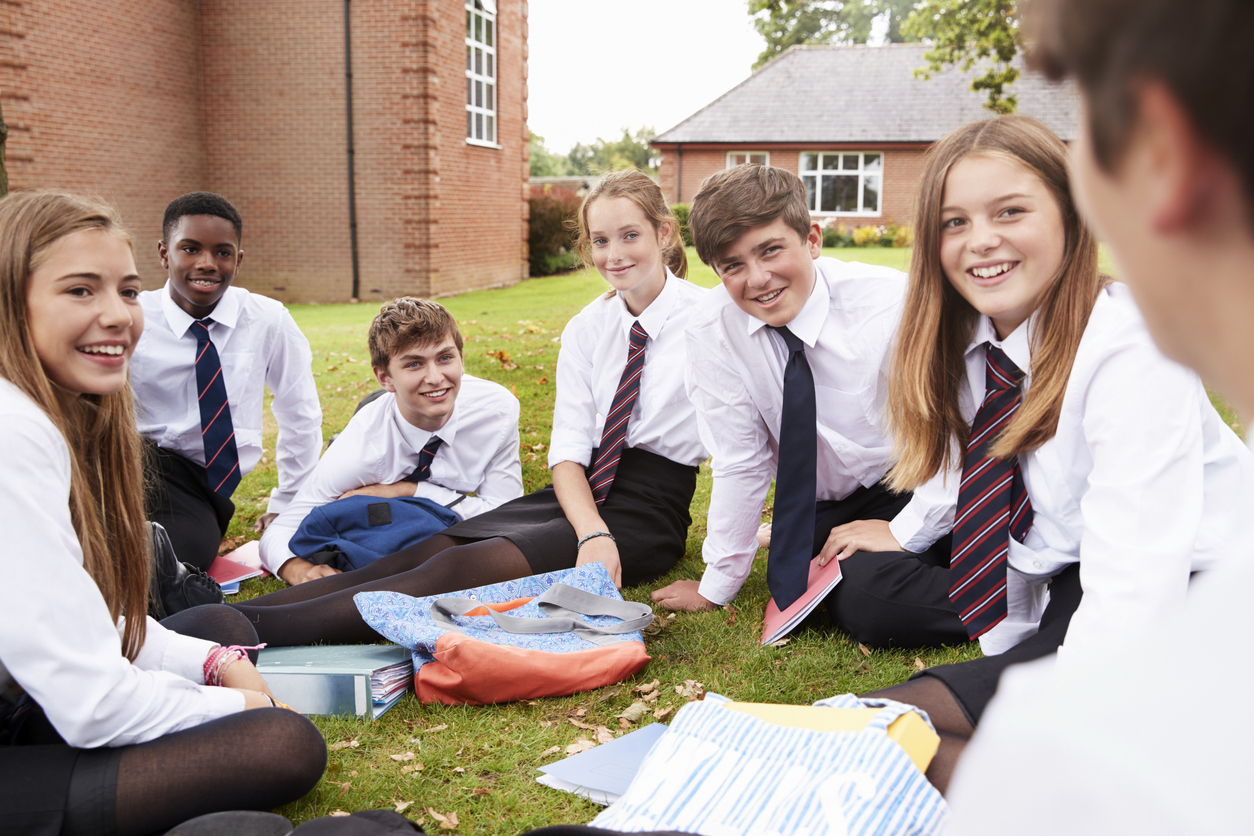As parents, you play a crucial role in easing this transition and ensuring a successful start for your child. In this blog, we’ll explore the differences between primary and secondary school, discuss ways parents can support their child’s transition, and provide a new start action plan to guide you and your child through this important phase.
What’s Different About Secondary School?
Transitioning to secondary school brings a series of notable changes for your child. Academically, they’ll encounter a more rigorous curriculum, accompanied by weekly homework assignments for each subject. This shift demands the cultivation of new study skills and habits. Organisationally, they’ll navigate multiple teachers and classrooms, requiring better time management and responsibility for their materials. Socially, they’ll immerse themselves in a new environment where familiar friends might be absent, encouraging the formation of new connections and a sense of maturity. Additionally, the cultural, geographical, and even biological changes, such as puberty, further contribute to the complexity of this transitional phase.
How Parents Can Help with a Successful Transition to Secondary School
Here are practical ways parents can support their child’s transition to secondary school:
- Familiarity: Attend open days with your child to provide a tangible sense of the new school environment. Connecting with other parents and potential classmates can help alleviate anxiety.
- Preparation: Gather information about the subjects your child will study in their first term. This will help them feel more confident as they encounter familiar topics.
- Transition Programs: Many schools offer transition weeks during the summer. These programs help children establish friendships and get to know teachers before the term starts.
- Homework Routine: Ensure your child has a solid homework routine from primary school. This will help them manage the increased workload in secondary school and develop independence.
- Travel Practice: Practice the route to school a few times before the term begins. Familiarity with the journey can reduce anxiety about getting to school.
- Expect Change: Be prepared for shifts in your child’s attitudes and opinions. Secondary school brings exposure to different interactions, and your child’s perspectives may evolve rapidly.
- Digital Balance: Help your child develop a healthy relationship with their mobile phone. Encourage contactability but avoid constant checking to promote independence.
- Buddy System: If the school offers it, encourage your child to connect with an older student buddy. This can provide a sense of support and belonging.
Transition to Secondary School Action Plan
To facilitate a smooth transition, consider creating your own action plan that might incorporate things like:
- Schedule Time Together: Set aside regular one-on-one time to discuss any concerns or questions your child might have.
- Talk About What’s Different: Initiate conversations about the differences between primary and secondary school. Address any worries or uncertainties.
- Reflect on Coping: Regularly check in with your child to gauge their emotional well-being and adaptation progress.
- Be regular: It’s more than just the few weeks, communicate with and notice your child’s behaviour well into the school year
The transition to secondary school is a significant life event for your child. By understanding the differences between primary and secondary school and actively supporting your child through open communication, preparation, and a balanced approach to their changing needs, you can help ensure a successful transition and a positive start to their new academic journey.
————————————————————————————–
Financial education starts at home. A nimbl pocket money card is the perfect start to teaching your kids essential money skills. With controlled spending limits and real-world experience, they learn to manage money responsibly. Equip your child with valuable financial knowledge through practical, hands-on learning with the nimbl pocket money card. Start their journey toward financial confidence today. Sign up.
